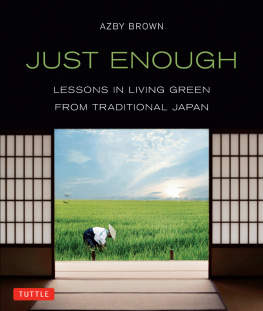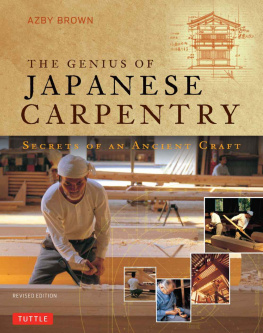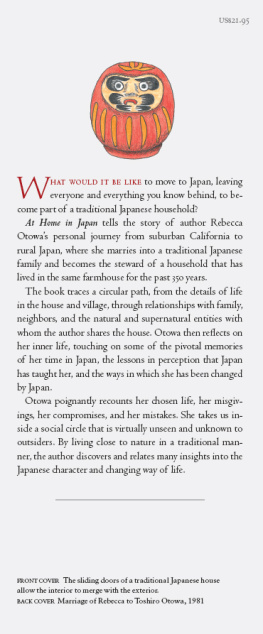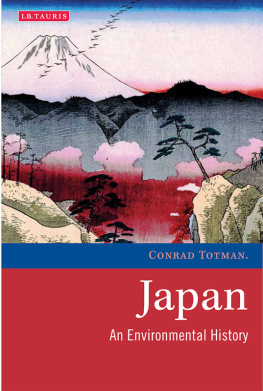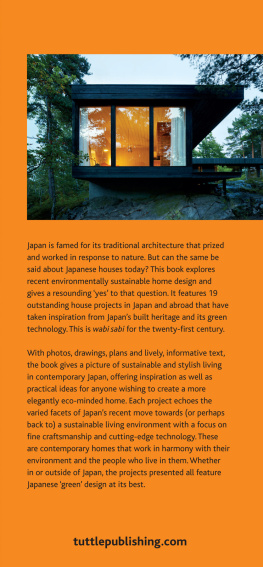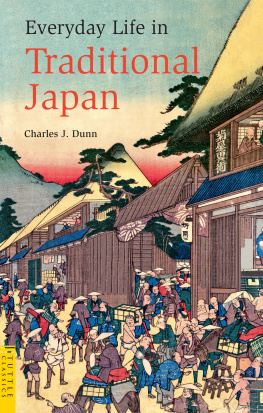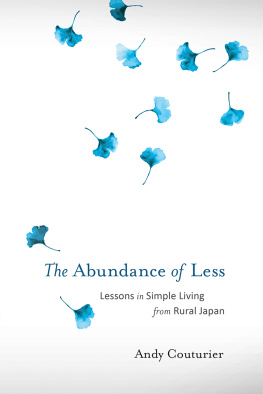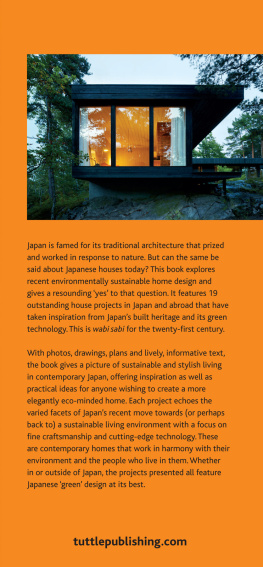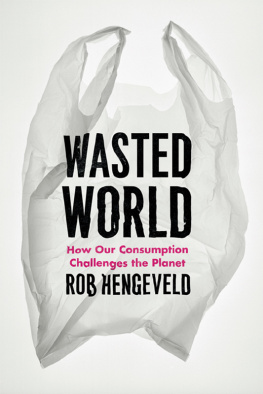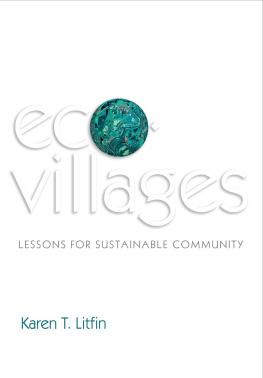Azby Brown - Just Enough: Lessons in Living Green from Traditional Japan
Here you can read online Azby Brown - Just Enough: Lessons in Living Green from Traditional Japan full text of the book (entire story) in english for free. Download pdf and epub, get meaning, cover and reviews about this ebook. year: 2013, publisher: Tuttle Publishing, genre: Home and family. Description of the work, (preface) as well as reviews are available. Best literature library LitArk.com created for fans of good reading and offers a wide selection of genres:
Romance novel
Science fiction
Adventure
Detective
Science
History
Home and family
Prose
Art
Politics
Computer
Non-fiction
Religion
Business
Children
Humor
Choose a favorite category and find really read worthwhile books. Enjoy immersion in the world of imagination, feel the emotions of the characters or learn something new for yourself, make an fascinating discovery.
- Book:Just Enough: Lessons in Living Green from Traditional Japan
- Author:
- Publisher:Tuttle Publishing
- Genre:
- Year:2013
- Rating:5 / 5
- Favourites:Add to favourites
- Your mark:
Just Enough: Lessons in Living Green from Traditional Japan: summary, description and annotation
We offer to read an annotation, description, summary or preface (depends on what the author of the book "Just Enough: Lessons in Living Green from Traditional Japan" wrote himself). If you haven't found the necessary information about the book — write in the comments, we will try to find it.
The world has changed immeasurably over the last thirty years, with more, bigger, better being the common mantra. But in the midst of this constantly evolving world, there is a growing community of people who are looking at our history, searching for answers to issues that are faced everywhere, such as energy, water, materials, food and population crisis.
In Just Enough, author Azby Brown turned to the history of Japan, where he finds a number of lessons on living in a sustainable society that translate beyond place and time. This book of stories depicts vanished ways of life from the point of view of a contemporary observer, and presents a compelling argument around how to forge a society that is conservation-minded, waste-free, well-housed, well-fed and economically robust.
Included at the end of each section are lessons in which Brown elaborates on what Edo Period life has to offer us in the global battle to reverse environmental degradation. Covering topics on everything from transportation, interconnected systems, and waste reduction to the need for spiritual centers in the home, there is something here for everyone looking to make changes in their life.
Just Enough is much-needed beacon in our evolving world, giving us hope in our efforts to achieve sustainability now.
**
ReviewIf you have any interest in sustainable or traditional living, Japanese history, architecture, or agriculture (or all of the above!), Just Enough is an inspirational feast for the mind and eyes. The Year of Mud blog
Browns book Just Enough is a compelling account of how Edo Japan confronted similar environmental problems and created solutions that connected farms and cities, people and nature. Huffington Post
I read Browns book with relish, and at the end of it felt that my mindset had shifted, from feeling that I never have enough, to feeling that I undoubtedly have too much. New Yorker Online
Taking a lesson from this aesthetic, Browns elegant and accessible text with its lucid illustrations make this a wonderful companion for students and professionals in the fields of design, civil engineering, farming, construction, or Japanese history, or any person interested in leaving a more delicate footprint on the planet. ForeWord eNewsletter
As we all look forward with hope for a cradle-to-cradle world, Azby Brown honors us with the great gift of seeing the past of Japan with fresh eyes. William McDonough, Designer, winner of the Presidential Award for Sustainable Development
This is an extraordinary book that holds the keys were looking for to rebalance both our planet and our own lives. Read it, please. Susan Susanka, architect and author of The Not So Big House series, and *The Not So Big Life*
An indispensable reference for anyone wanting to know the secret formula that make old Japan life what it was. Alex Kerr, author of *Dogs and Demons, Lost in Japan*
Brown takes time to reinforce the lessons in his tales with more directly-instructive chapters where he lists the steps to becoming a sustainable society in a way that is easy to follow. The result is a book that is thought provoking and commanding in its purpose but written in a way that is humane, vicarious and a pleasure to read. Kansai Scene Magazine **
**
About the AuthorAzby Brown, a native of New Orleans, Louisiana is the director of KIT Future Design Institute in Tokyo. He studied architecture and sculpture at Yale College, graduating in 1980, and entered the Department of Architecture of the University of Tokyo in 1985 under a grant from the Japanese Ministry of Education. He received his masters degree in 1988 and completed his PhD research in 1995. He is the author of The Genius of Japanese Carpentry (1995), Small Spaces (1996), The Japanese Dream House (2001), and The Very Small Home (2005), all published by Kodansha International. He became an associate professor of architectural design at the Kanazawa Institute of Technology in 1995, and currently holds a position there in the Department of Media Informatics.
Azby Brown: author's other books
Who wrote Just Enough: Lessons in Living Green from Traditional Japan? Find out the surname, the name of the author of the book and a list of all author's works by series.

